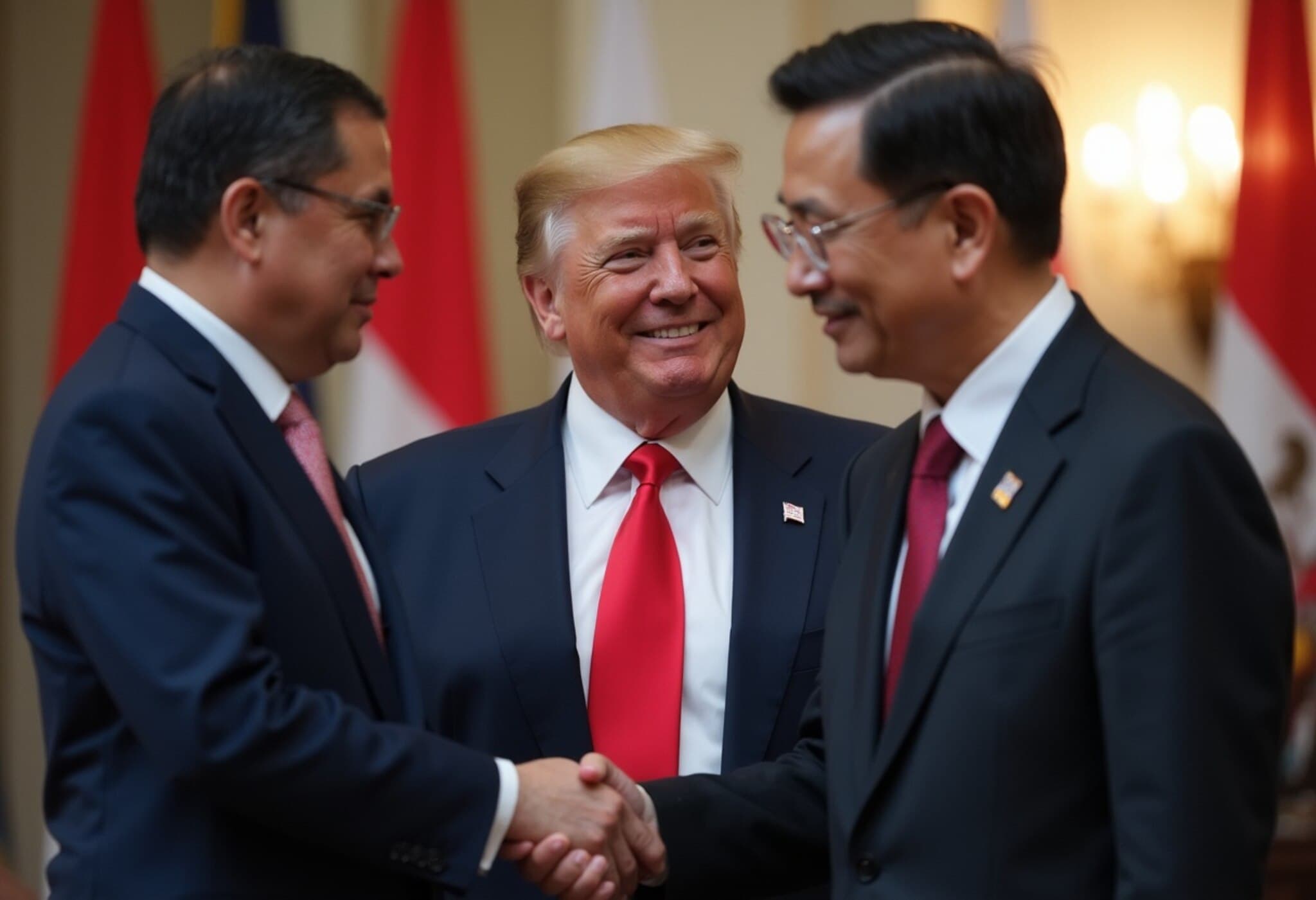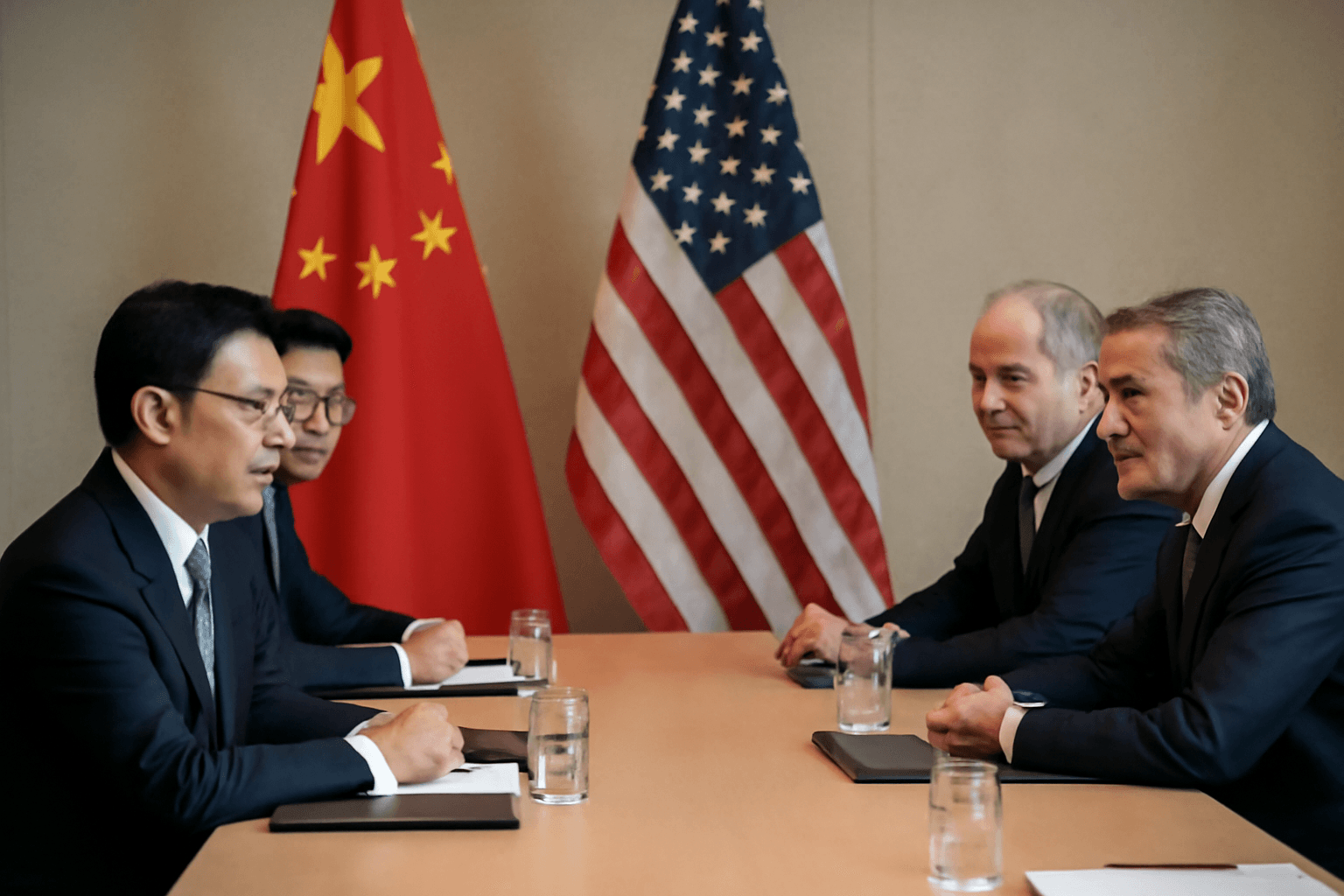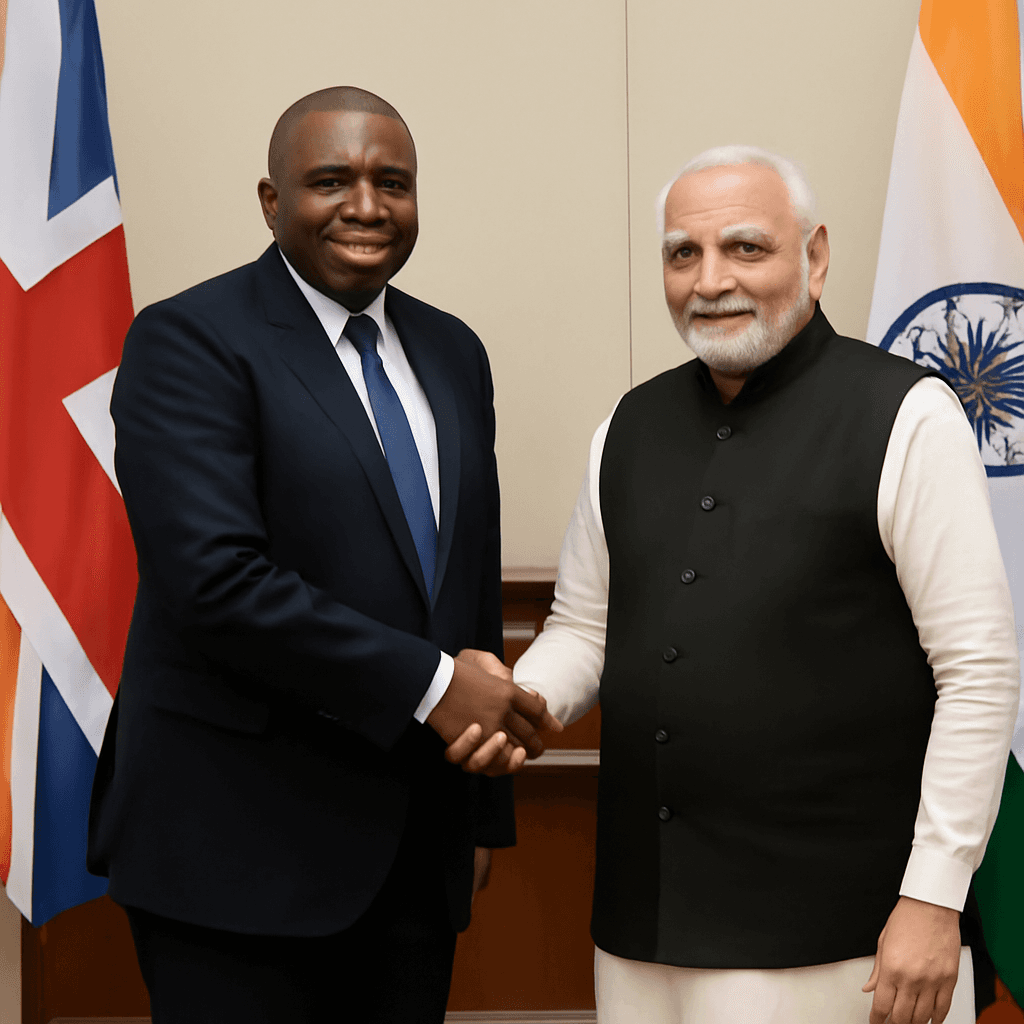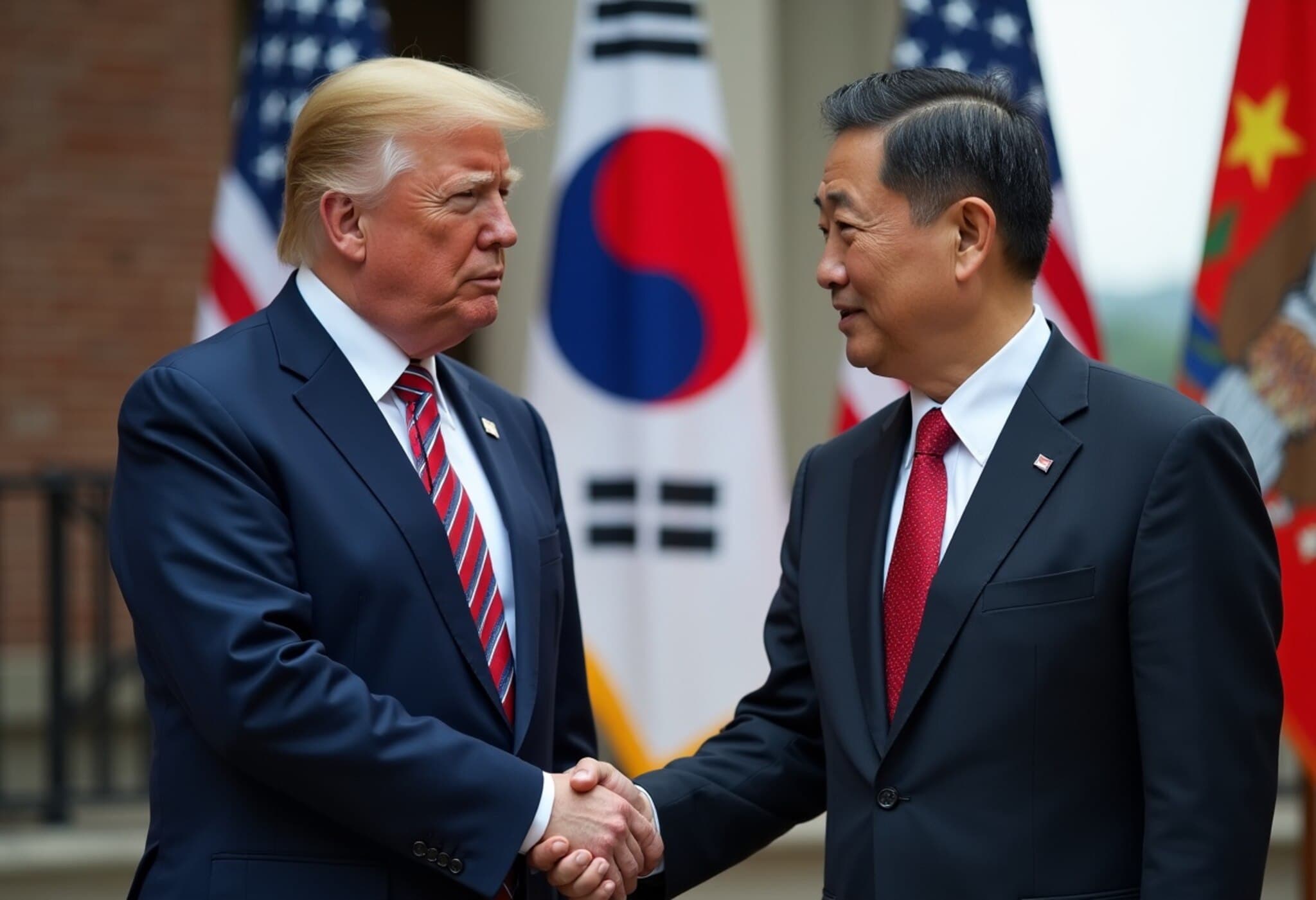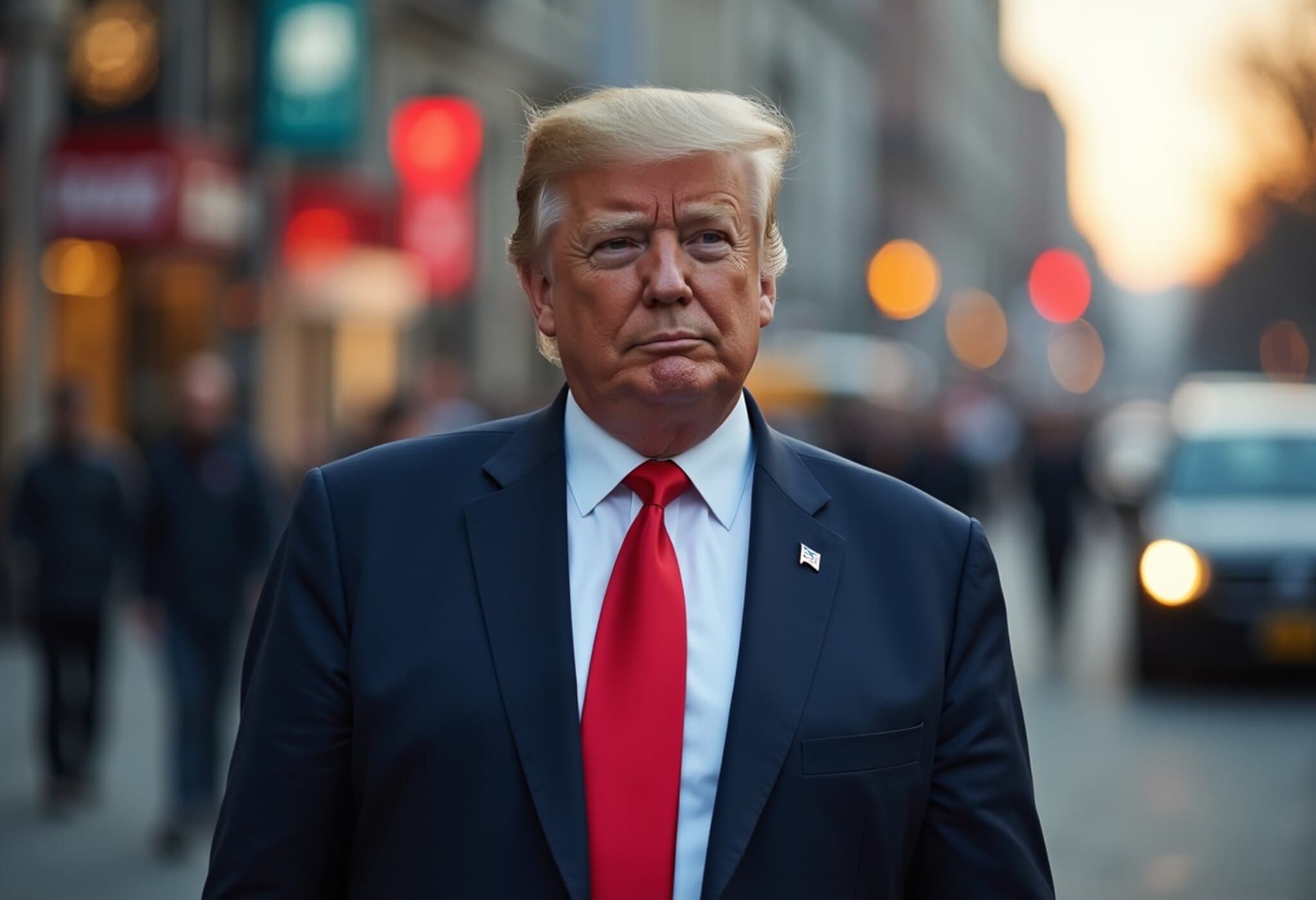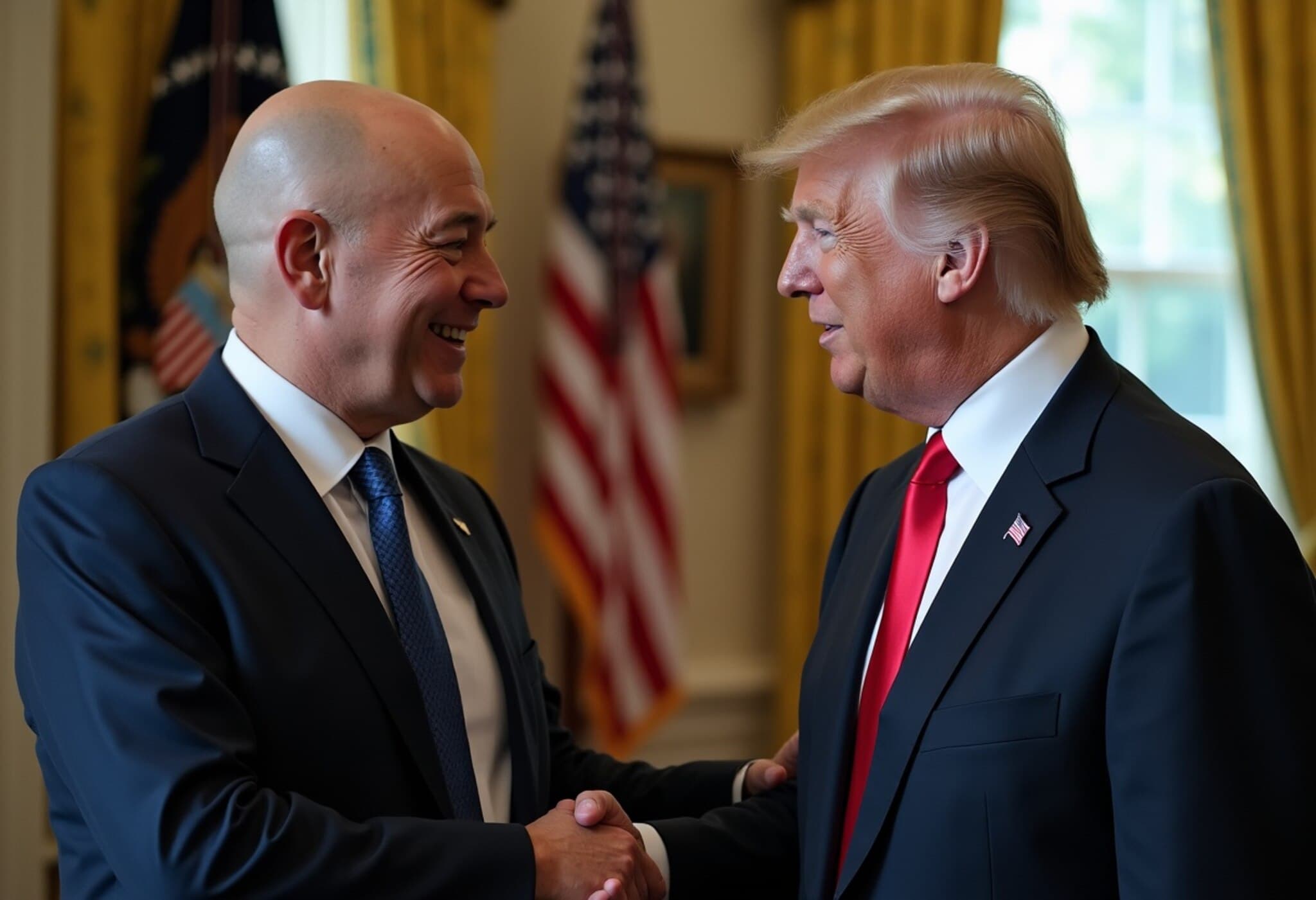U.S. and Indonesia Advance Toward Finalizing Strategic Trade Agreement
The White House has announced a significant breakthrough in trade negotiations with Indonesia, unveiling the framework of a new agreement aimed at deepening economic ties between the two nations. The deal, described as an "Agreement on Reciprocal Trade," marks a notable shift as Jakarta agrees to eliminate nearly all tariffs on U.S. goods, while the U.S. will set tariffs on imports from Indonesia at 19%.
Background and Trade Context
Indonesia stands as one of the United States’ top 25 trading partners, with bilateral trade exceeding $38 billion in 2024. However, the U.S. has long contended with a significant trade deficit with Indonesia, totaling approximately $17.9 billion last year. This new framework aims to rebalance trade dynamics and foster more equitable market access for American producers.
Details of the Agreement
- Indonesia commits to removing nearly all tariffs on American imports, a move anticipated to significantly lower costs and barriers for U.S. exporters.
- The United States will maintain a tariff rate of 19% on Indonesian goods—a rate higher than the general 10% baseline applied to many countries but considerably lower than Indonesia’s previous 32% tariff faced under the Trump administration’s earlier trade policy.
- Both nations will actively work to address non-tariff barriers, including regulatory obstacles and market access restrictions that have historically complicated U.S. business activities in Indonesia.
The trade framework also includes promising commercial deals, notably a $3.2 billion aircraft purchase and an estimated $15 billion in energy product acquisitions, underscoring the multifaceted economic cooperation beyond tariff discussions.
Looking Ahead: Negotiations and Implementation
While this framework signals substantial progress, White House officials emphasize that the two countries will continue to negotiate and finalize the agreement in the coming weeks. Preparations for the official signing and the necessary domestic approvals are already underway to ensure a smooth implementation once the deal takes effect.
U.S. Trade Representative Jamieson Greer highlighted the deal’s promise, stating, "American producers, who have long-faced high tariffs and burdensome requirements, will receive unprecedented access to Indonesia's market and greater certainty for the digital services sector." Greer also expressed appreciation for the Indonesian Minister’s commitment to fostering fair and balanced trade relations.
Broader Regional and Global Implications
This agreement joins a select group of recent U.S. trade frameworks the Trump administration has pursued, including dialogues with the United Kingdom, China, Vietnam, and the Philippines. However, unlike some prior announcements, Indonesia has formally acknowledged the framework, suggesting a higher likelihood of successful ratification.
Economists and policy analysts note that Indonesia’s willingness to significantly reduce tariffs signals a strategic pivot toward enhanced engagement with one of the world’s largest economies. For U.S. exporters, especially those in manufacturing and agricultural sectors, this could open new avenues for growth in a fast-developing Southeast Asian market.
Expert Commentary: The Road Ahead
Trade expert Dr. Eleanor Marks of Georgetown University observes, "This framework not only helps reduce longstanding tariff inequities but also opens the door for addressing non-tariff barriers that often pose more insidious challenges. If successfully executed, it could serve as a template for future agreements by prioritizing reciprocity and market openness." However, she cautions that ongoing political developments in both countries could influence negotiation timelines and outcomes.
Editor’s Note
The U.S.-Indonesia trade framework represents more than just tariff adjustments—it reflects shifting geopolitical and economic realities in the Indo-Pacific. As global supply chains adapt and countries recalibrate trade partnerships, this deal invites questions about the future of U.S. economic diplomacy and the balance between protectionism and openness. Readers should consider how such agreements affect domestic industries, consumer prices, and broader foreign policy goals in the years ahead.

